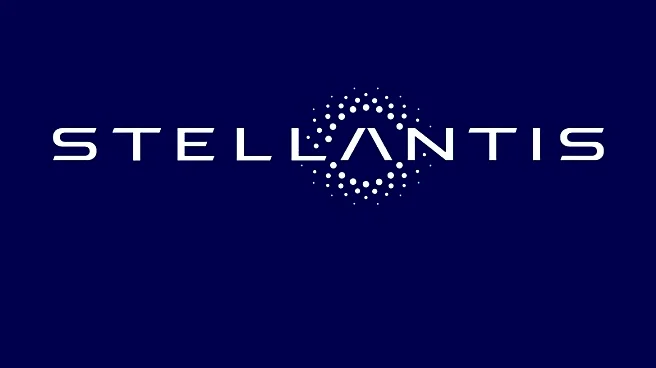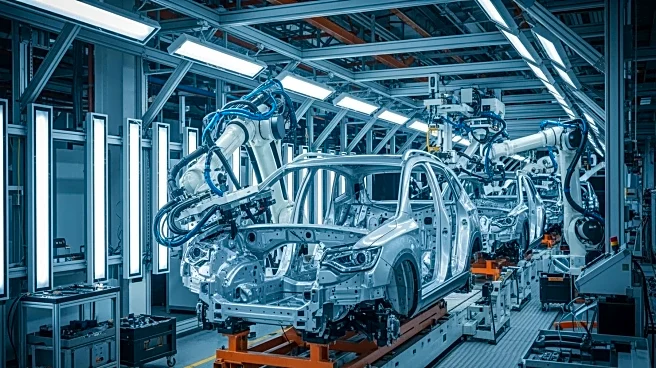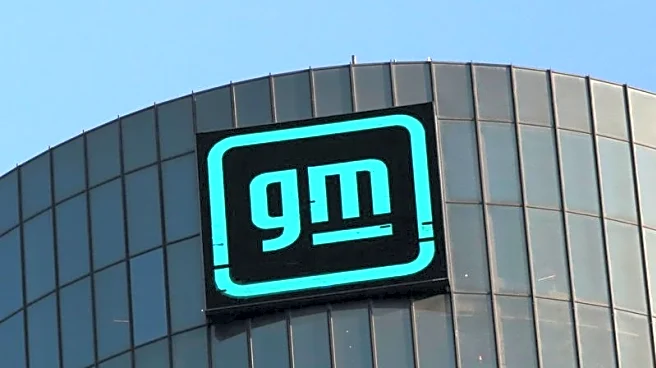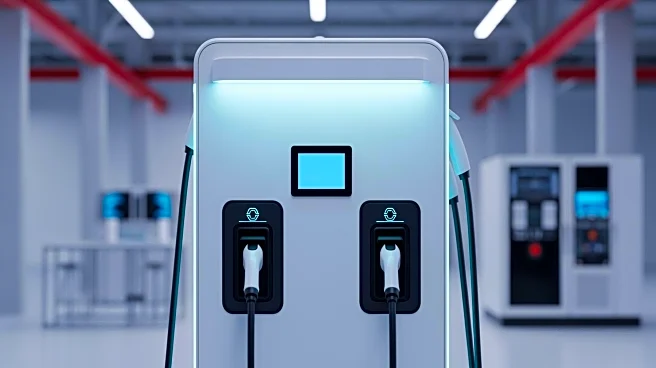What's Happening?
The Canadian government has announced a reduction in tariff-free import quotas for vehicles manufactured by General Motors and Stellantis. This decision comes after both automakers decided to scale back
production in Canada. Stellantis has moved its Jeep Compass production to the U.S., while General Motors has ceased production of its BrightDrop electric vans in Ontario. The Canadian finance ministry stated that these reductions are a response to the automakers' production cuts, aligning with the country's commitment to ensure local production and investment. The reduction in exemption quotas is significant, with General Motors facing a 24% cut and Stellantis a 50% cut.
Why It's Important?
This development is crucial for the Canadian auto industry, which is the country's second-largest export sector, employing 125,000 Canadians directly and nearly 500,000 in related industries. The reduction in tariff-free quotas could impact the competitiveness of GM and Stellantis in the Canadian market, potentially leading to higher costs for consumers. It also reflects ongoing tensions in trade relations between Canada and the U.S., particularly in the auto sector. The decision underscores Canada's efforts to protect its domestic industry and jobs amid shifting production strategies by major automakers.
What's Next?
The Canadian government may continue to adjust trade policies to safeguard its auto industry. Automakers might need to reassess their production strategies and investment plans in Canada to maintain favorable trade conditions. Additionally, ongoing negotiations between Canada and the U.S. could influence future trade agreements and tariffs, impacting the broader economic relationship between the two countries.
Beyond the Headlines
The reduction in tariff-free quotas highlights the broader challenges faced by the Canadian auto industry in maintaining competitiveness amid global production shifts. It raises questions about the long-term sustainability of local manufacturing and the need for strategic investments in innovation and workforce development to adapt to changing market dynamics.













